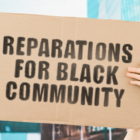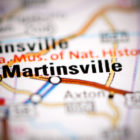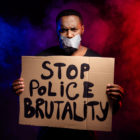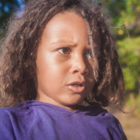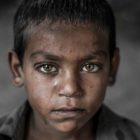
Opinion: ‘Tookie’ Williams Proved Anyone Could Evolve From Violent to Anti-gang
|
“I'm learning to ‘master self’ while rising from the ashes of madness.” ―Stanley “Tookie” Williams, “Blue Rage, Black Redemption: A Memoir”
The day that Stanley “Tookie” Williams was executed, I was working in the library at a juvenile court school in California. The students and I had talked this over for several months before the scheduled execution. Some of us felt a huge loss at the impending death of Tookie, as he was often called.
The day after he died, the library was filled with grieving students. Many saw Tookie as a hero for making such huge changes during his prison term on death row. We had a service of sorts in the library to commemorate his life and his achievements that brought more peace to this world.

